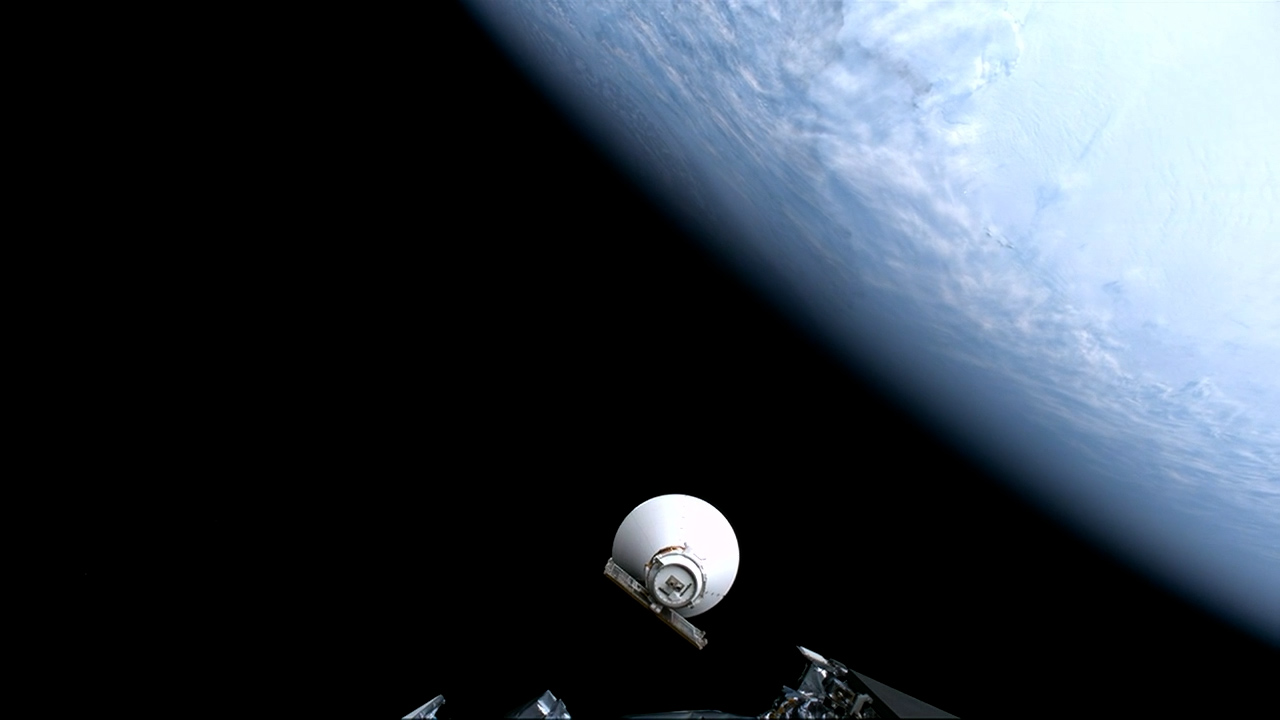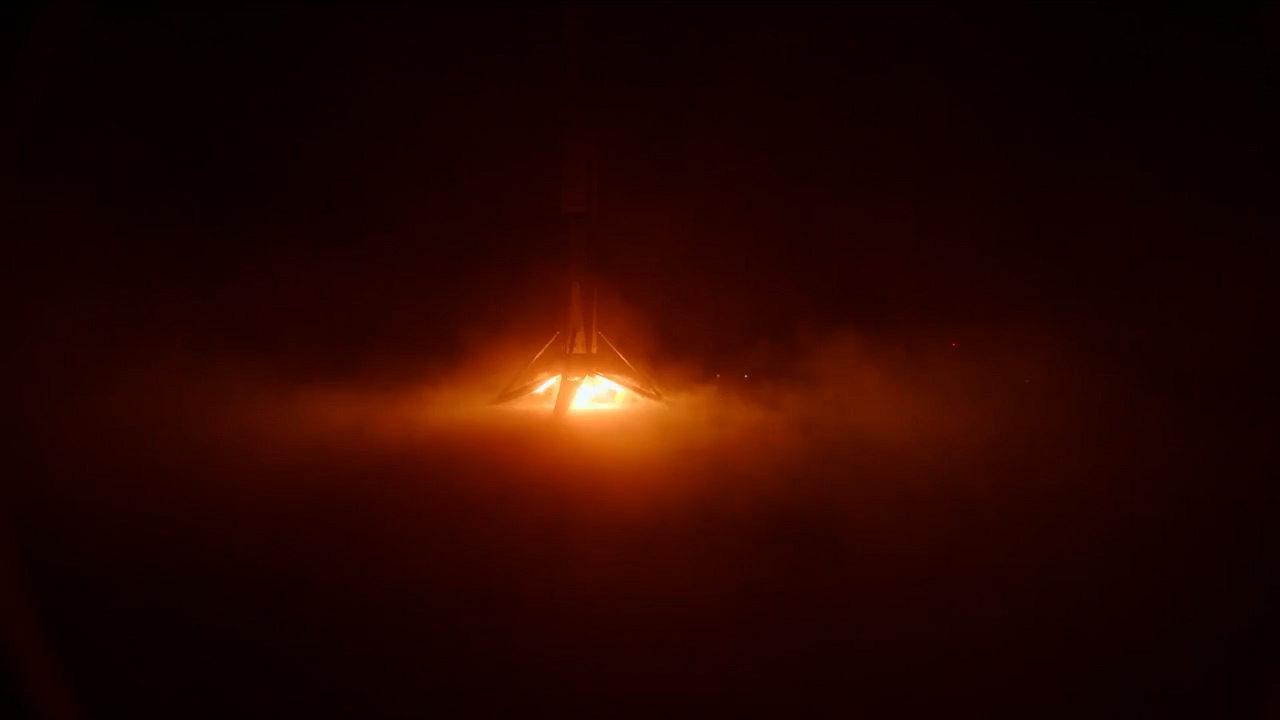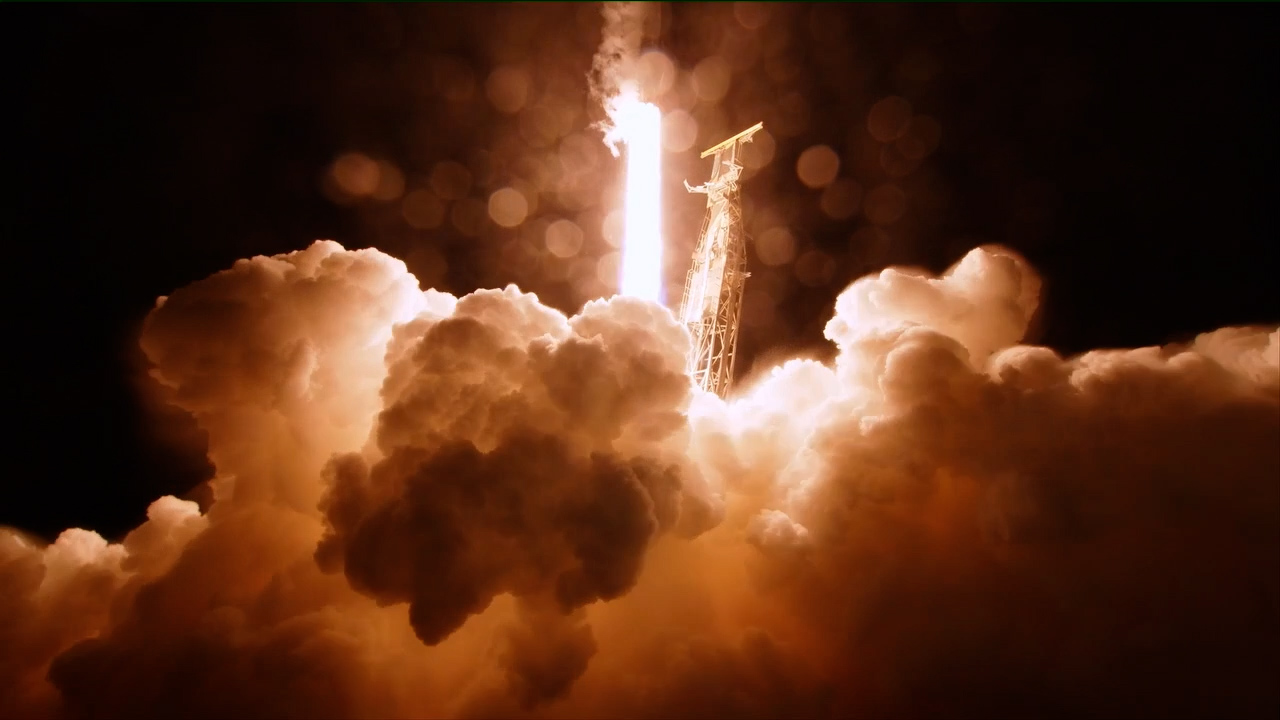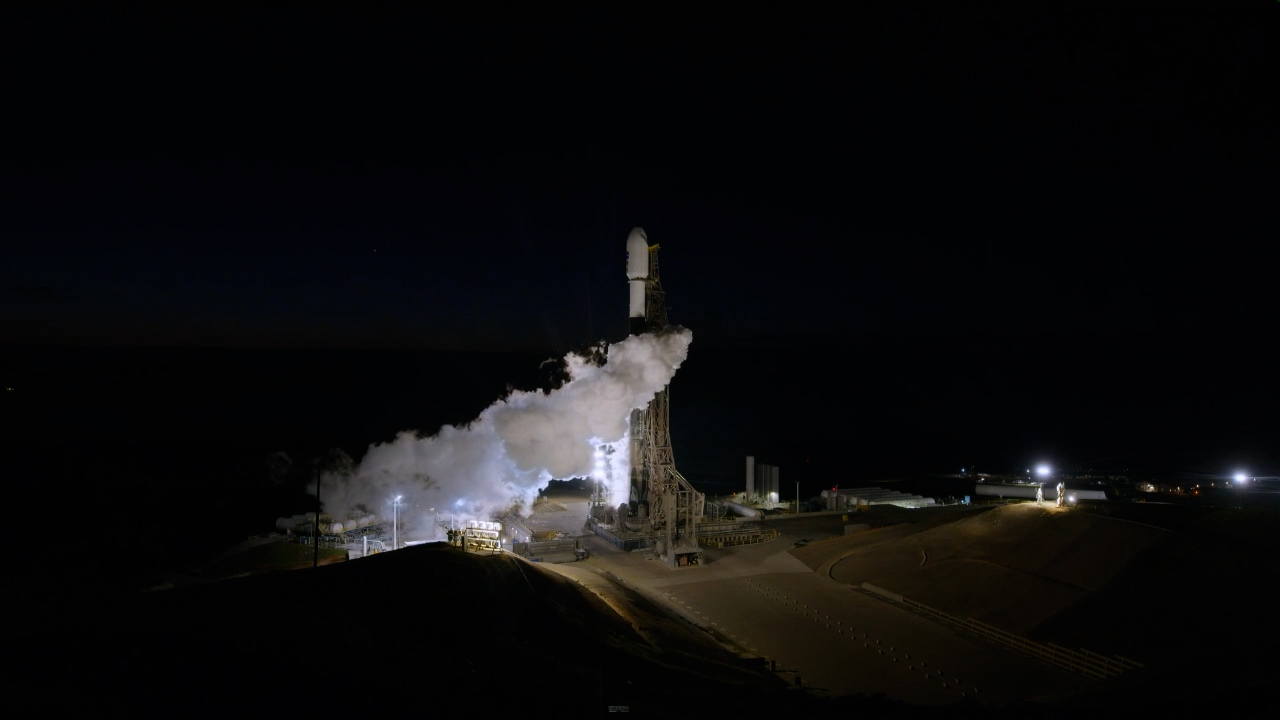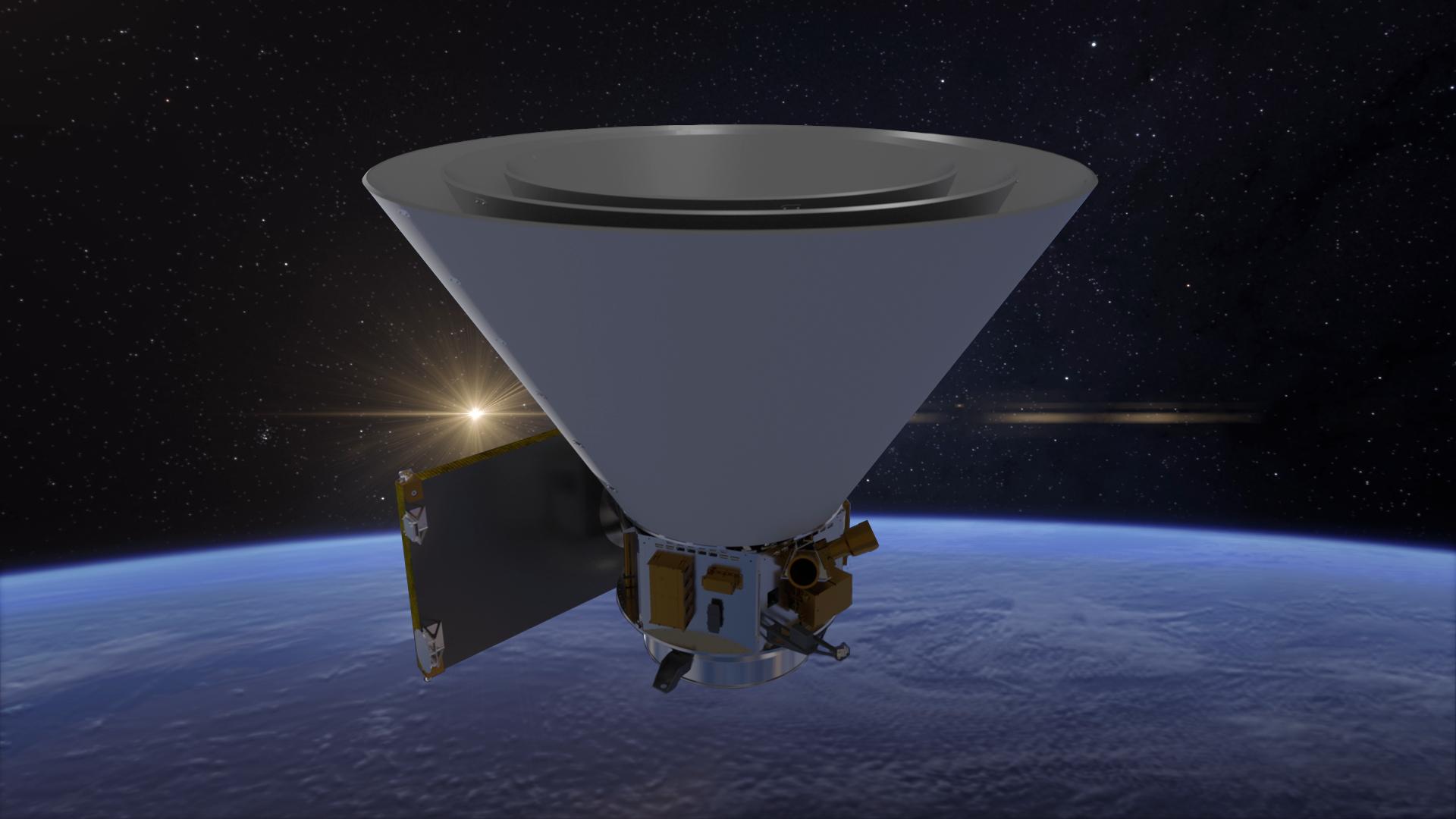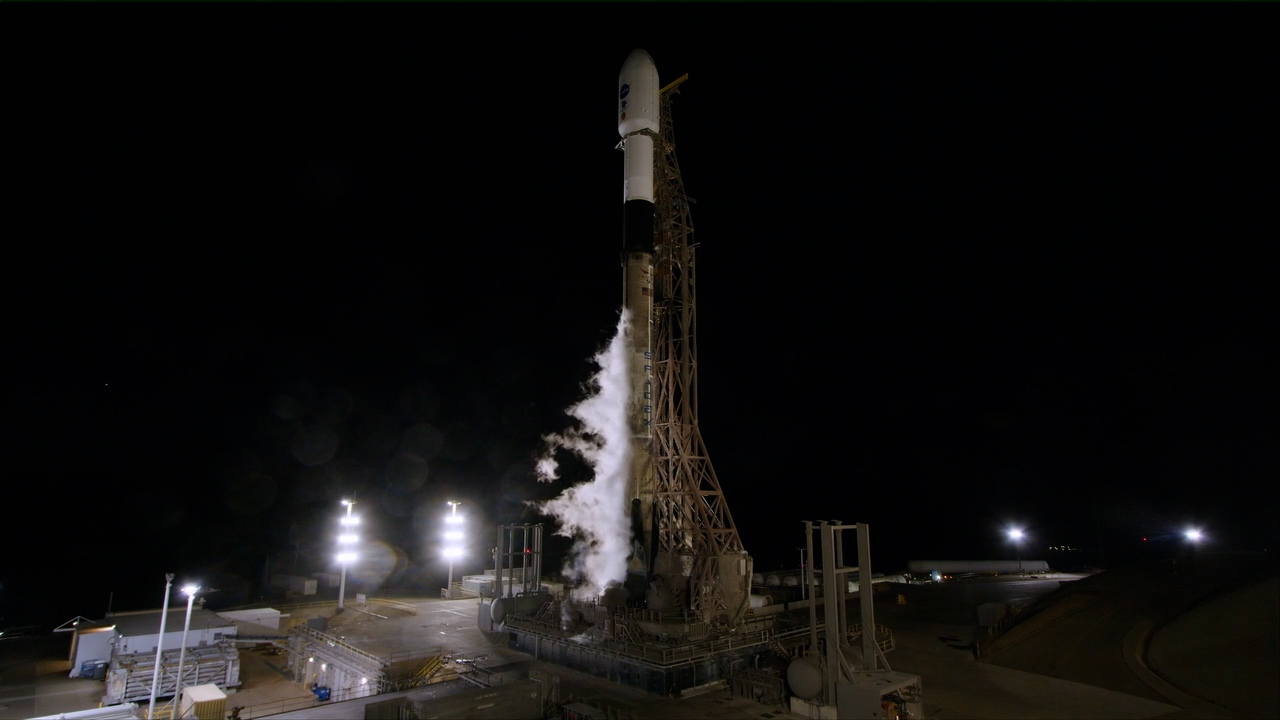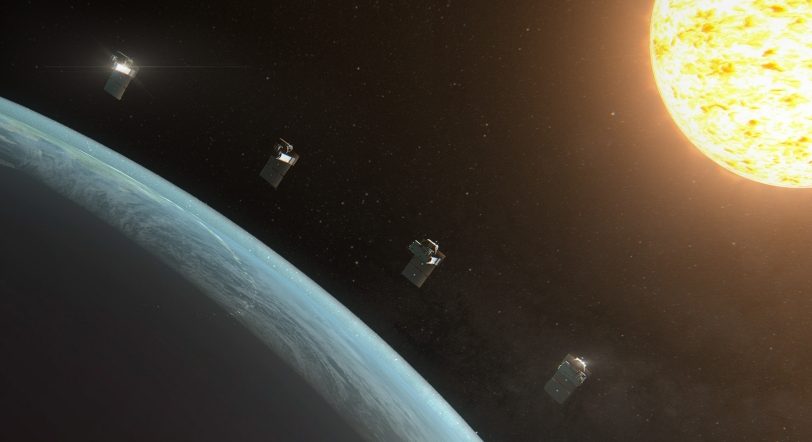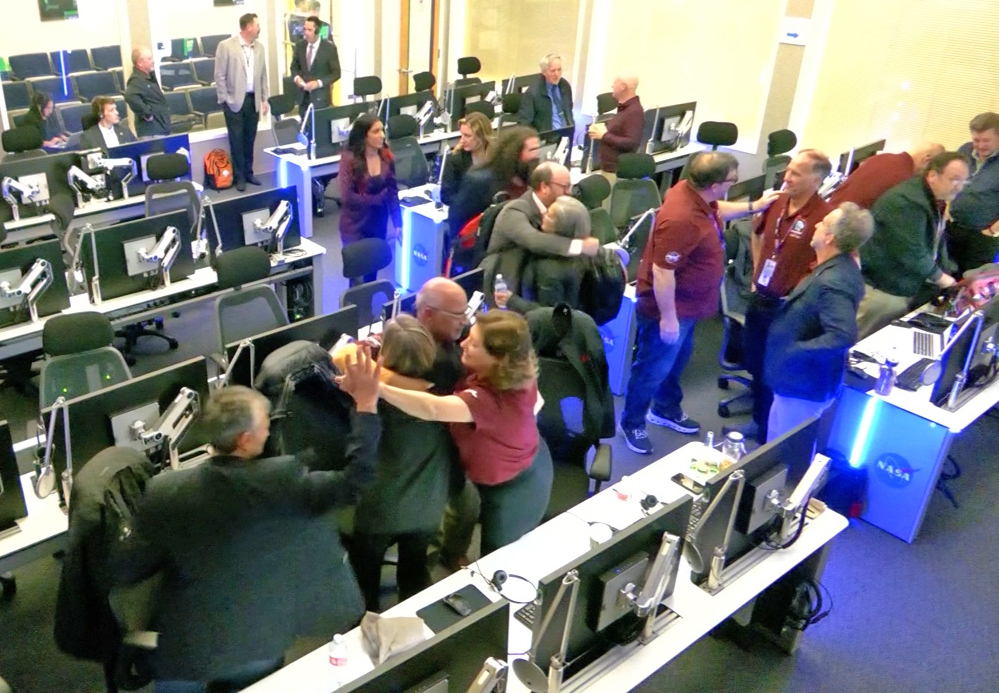
NASA’s SPHEREx (Spectro-Photometer for the History of the Universe, Epoch of Reionization and Ices Explorer) mission controllers on Earth have received full acquisition of signal from the observatory, indicating the spacecraft is functioning nominally and is power positive.
In the weeks ahead, the SPHEREx team will prepare the observatory for its survey operations – conducting calibrations, cooling the telescope to its designed operating temperature, and characterizing its optical performance in space.
Over a two-year planned mission, SPHEREx will then collect data on more than 450 million galaxies along with more than 100 million stars in the Milky Way in order to explore the origins of the universe, contributing to NASA Science’s key goals to discover the secrets of the universe and search for life elsewhere.
The mission’s 3D all-sky map will help scientists answer big-picture questions about the universe. The mission will investigate a cosmic phenomenon called inflation that caused the universe to expand rapidly for a fraction of a second after the big bang, measure the collective glow created by galaxies near and far, including hidden galaxies that have not been individually observed, and search the Milky Way galaxy for hidden reservoirs of water, carbon dioxide, and other essential ingredients for life.
The SPHEREx mission’s ability to scan large sections of the sky quickly and gather data on millions of objects complements the work of more targeted telescopes, like NASA’s Hubble and James Webb, and the observatory’s data will be freely available to scientists around the world, providing a new encyclopedia of information about hundreds of millions of cosmic objects.
Join the online conversation and get mission updates from these accounts:
X: @NASA, @NASAJPL, @NASAUniverse, @NASASun, @NASAKennedy, @NASA_LSP
Facebook: NASA, NASA’s JPL, NASA Universe, NASASunScience, NASA’s Launch Services Program
Instagram: @NASA, @NASAKennedy, @NASAJPL, @NASAUniverse
For more information about the SPHEREx and PUNCH missions, visit:
https://science.nasa.gov/mission/spherex/
https://science.nasa.gov/mission/punch/
This concludes NASA’s live launch coverage.


